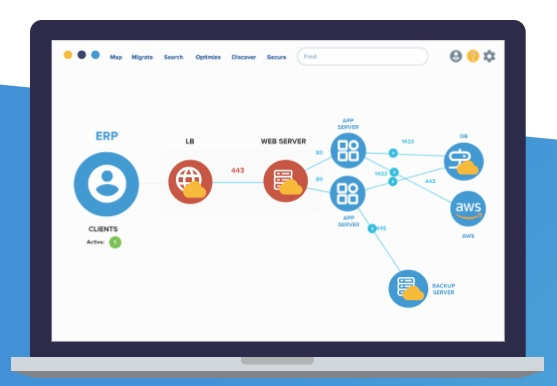| IT Mapping For Legacy Software Projects |
| Written by Sigal Zigelboim | |||
| Friday, 22 March 2024 | |||
Page 1 of 2 While often integral to an organization's operations, legacy software projects presents challenges with respect to compatibility, security and maintainability. Discover how IT mapping can help. What Is IT Mapping?IT mapping is a visual representation of an organization's technical infrastructure. It includes everything from hardware and software to data flows and processes. The purpose of IT mapping is to provide a comprehensive picture of how different technology systems and components interact, thus facilitating better understanding, planning, and decision-making.
Understanding the layout of your IT landscape can be likened to having a roadmap for a journey. Just as a map guides you through unfamiliar territory, an IT map guides you through the complexities of your IT infrastructure. It helps you to understand where you are, where you need to go, and the best ways to get there. Without it, navigating a complex IT environment can be a daunting task. IT mapping is not a one-time exercise. As your IT landscape evolves, so should your IT map. Regular updates ensure that your map accurately reflects the current state of your IT infrastructure, and can provide valuable insights into areas that need improvement or updating. The Unique Challenges of Legacy SoftwareLegacy software, while often integral to an organization's operations, presents several unique challenges. These include: Compatibility IssuesOne of the main challenges with legacy software is its compatibility with newer systems and technologies. Legacy systems were designed and developed in an era where technology standards were different, and as such, they might not integrate well with modern systems. This can lead to data silos, where valuable information is trapped within outdated systems, inaccessible to other parts of the organization. Security RisksLegacy software also presents significant security risks. Because these systems were built before current security standards were established, they often lack the robust security features found in modern software. This makes them attractive targets for cyber criminals. Furthermore, many legacy systems are no longer supported by their vendors, meaning that security patches and updates are not available. Maintenance ChallengesMaintenance of legacy software is another significant challenge. As these systems age, they become increasingly difficult to maintain. Expertise in these older technologies is becoming harder to find, and the cost of maintaining these systems increases as they become more complex and bespoke modifications are added. High Operational CostsLastly, the operational costs of legacy software can be prohibitively high. These costs can include everything from the energy required to run outdated hardware, to the time and resources required to maintain and troubleshoot these systems. Over time, these costs can mount up, making legacy systems a significant drain on an organization's resources. |
|||
| Last Updated ( Friday, 22 March 2024 ) |

